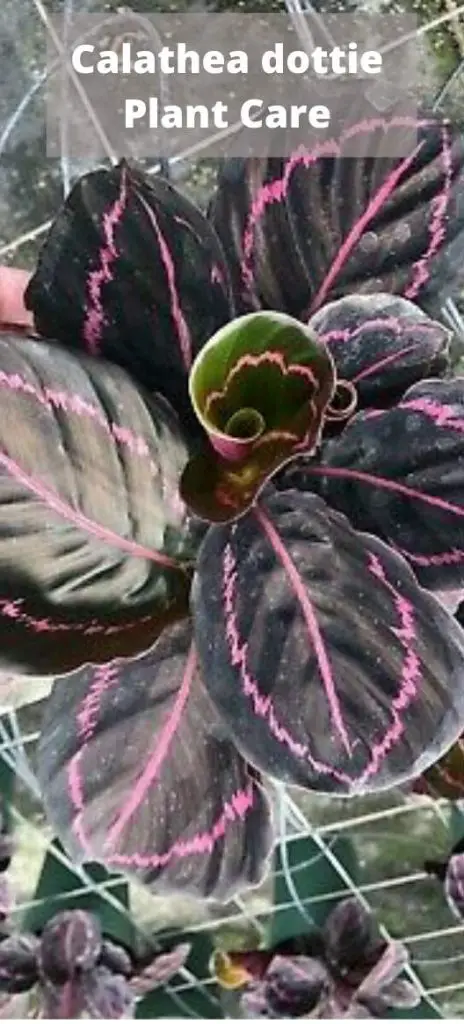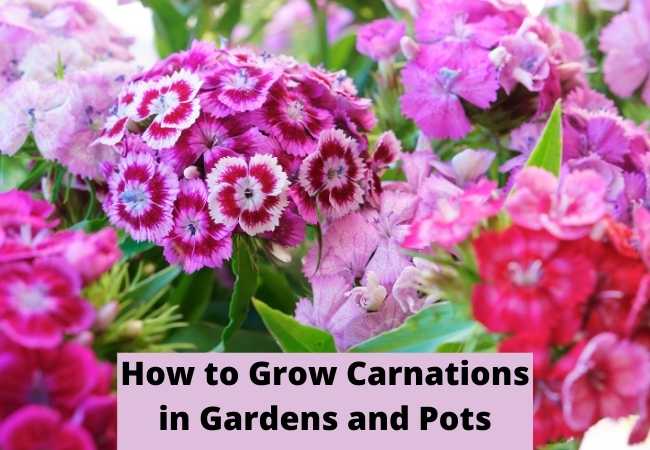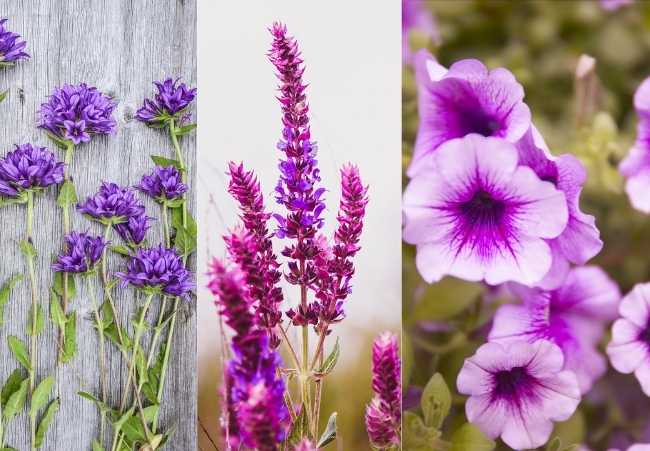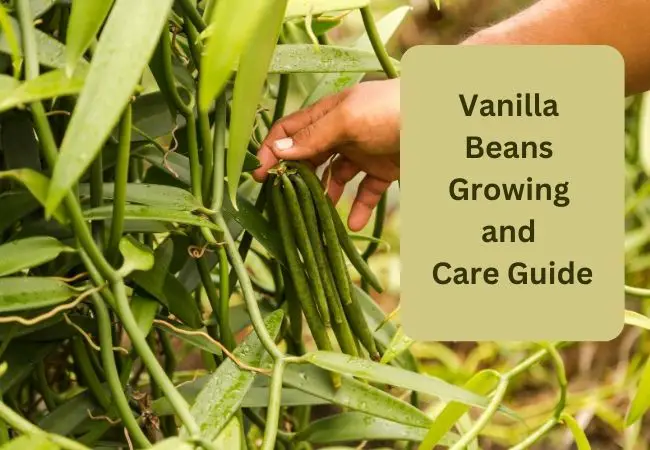Calathea dottie Plant Care Guide
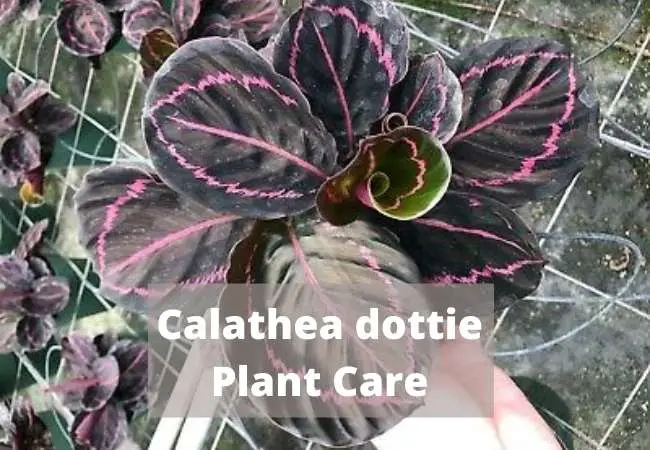
Calathea dottie plant care and tips that will help you grow a healthy calathea. The calathea dottie plant is a great choice for any home. This plant actually only needs to be watered once every two weeks or so, which makes it an ideal house plant.
Calathea dottie Plant Care
It’s also very easy to take care of and can handle low-light situations better than most plants, making it that much easier for you! Check out this post on the 15 best plants to keep in low-light rooms.
Watering Calathea dottie:
The best way to water your calathea dottie is from below. Take the plant out of its pot and place it in a sink filled with 1-2 inches of lukewarm water. Let the excess water drain off, wait about 15 minutes, and then add clean tap water to replace what was lost. You can do this once every 1-2 weeks, depending on how often you water your plant normally.
Although the calathea dottie only needs to be watered once every two weeks, it can handle a little bit of underwatering or overwatering without any problems. If you decide not to water the plant for a month or so, don’t worry – just make sure you keep it away from any dry heat or direct sunlight.
Calathea dottie Light:
As mentioned earlier, the calathea dottie is a great plant for low-light situations and can even do well in some complete darkness.
If you’re looking to find the perfect spot for your calathea dottie, though, it should be placed near a window that gets indirect sunlight. This is especially important during the summer when it can get really hot in most areas.
The calathea dottie doesn’t mind being moved around at all. If you decide to change its location or add some more plants to your decor, go ahead and give it a try! As long as you follow the above instructions on watering, this plant can be moved without any issues.
Calathea dottie Fertilization:
The calathea dottie doesn’t need to be fertilized, but if you decide to use a liquid plant fertilizer you should only apply it every other month. If you prefer to take the organic route, feel free to sprinkle some compost around your plant once a month.
Calathea dottie Propagation
This plant is a good candidate for propagation because it has an unusual leaf shape. Calathea dottie propagation by stem cuttings can easily be done at home.
All you need is a houseplant pot, some rooting hormone powder, and a clear plastic bag. Place the stem cutting in a moist potting media or put it in a clear plastic bag with wet paper towels. Place the pot or bag in a room where the temperature is 70 degrees F. to 80 degrees F.
After about 1-2 weeks, roots will form on the stem cutting and you can transplant it into its own pot. Calathea dottie propagation by leaf cuttings is also an option.
Repotting Calathea dottie:
You can repot your calathea dottie plant every spring if you’d like. The best time to do this is when it’s actively growing, typically around May or June.
Remove the plant from its pot and take off any dead roots you see. Transfer the healthy roots to your new pot and backfill it with fresh potting soil. The plant should need minimal sunlight and water after the switch, allowing you to care for it as usual.
If your calathea dottie isn’t growing at all or staying healthy, there’s a good chance it’s probably not getting enough light.
Make sure the location you’ve chosen for this plant gets indirect sunlight throughout the day. If you can’t find a good spot for it, consider moving the plant closer to the window or adding some grow lights.
Calathea dottie Containers and Pots:
The calathea dottie is best suited for decorative containers that are at least 5 inches wide and have straight sides. As long as your pot has proper drainage, this plant can safely be potted in a decorative container without any additional needs.
Calathea dottie leaves turning brown
Calathea dotties like it warm (in the 70–80-degree Fahrenheit range is best, or around 22 degrees Celsius), they like it humid (a spray bottle with tepid water is good for this), and they like indirect sunlight. The leaves turning brown is a sign that the plant is under stress.
What to do:
Make sure you are providing your calathea dottie with everything it needs. Check the soil and make sure there’s plenty of drainages (it should drain completely in less than 10 minutes).
Make sure you’re not over or under watering it, and that the soil is well-drained and nutritionally balanced (i.e., it should be able to provide the nutrition that plants require).
Water sparingly; only water when the soil is dry to touch, and then wait for it to become dry again before you water it again.
Calathea dottie Plant Care Tips
These are quick tips that will answer some of the frequently asked questions when it comes to growing calathea dottie.
How do I care for my calathea dottie?
This plant requires full indirect sunlight, so you should place it near a window that gets a lot of sun during the day. It also prefers moist soil, so make sure to water it from below about once every two weeks or so. If the leaves are yellowing, you may be watering them too often.
What kind of soil should I use with calathea dottie?
The best potting mix for calathea dottie plants is a peat-based one that’s high in nutrients and holds a lot of moisture. You can also add a little bit of sand to reduce the acidity of the soil and prevent root rot.
What kind of fertilizer should I use for calathea dottie?
Although calathea dottie plants don’t need to be fertilized often, you can add a liquid plant food into the water every other month or sprinkle some compost around the roots once a month.
How often should I water my calathea dottie?
Water your calathea dottie once every two weeks or so, depending on how dry the soil is. Let the excess water drain off before you put it back in its pot. If you’re noticing any browning of leaves, make sure to water it more often.
How can I encourage my calathea dottie plant to grow?
If your calathea dottie isn’t growing as quickly as you’d like, consider repotting it in fresh soil or moving it closer to a window that gets indirect sunlight.
This plant should have the same requirements no matter where you place it, so as long as your calathea dottie gets enough sunlight it should start growing faster.
Are calathea dottie poisonous?
The Calathea dottie does not have any poisonous parts. It can cause irritation in sensitive people when ingested or touched, though, so make sure to keep this plant out of reach from pets and children.
I hope this post on Calathea dottie plant care gave you some useful information. If you like plants follow me on Multigardening Pinterest for more posts.
